
Calf Care Checklist: 5 Ways to Get Starter in Front of Calves
Shallow dish: Using a shallow dish brings the feed floor to the level where a young calf can reach feed comfortably. These are recommended for calves less than 3 weeks old and help get the calf started on grain. Calves only need a handful of grain on day three; this amount should gradually increase with calves’ intakes. As grain consumption increases, the shallow dish becomes too small for the amount of feed they need to consume. Older calves may also waste feed as they push it out of the dish.
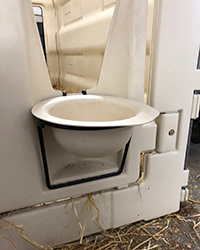
Autofeeder: This feeder resembles a steer stuffer but has a smaller capacity to keep grain fresh. The height of the feed floor works well for young animals all the way through weaning. The bunk is at the fence line with no curb, making it much easier for the calves to easily reach the feed. These bunks are made of fiberglass for easier grain flow and cleaning.
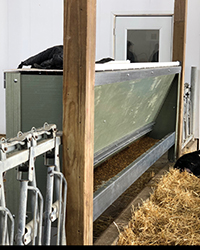
Hanging feeders on hutch panels: These feeders offer the great advantage of protecting grain from the weather – no more throwing out grain after rain or snow – and they are easy to fill. The key is to feed to calf intakes so feed doesn’t sit too long or build up in the dish.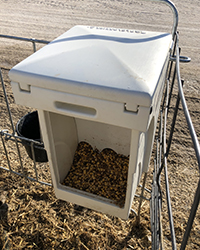
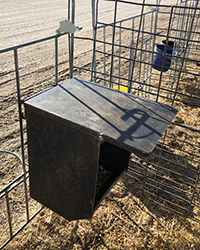
Hanging feeders on pens: These hanging feeders work nicely in both autofeeder and transition pens, providing additional bunk space in many cases. They are also easy for the calves to find as they are placed on the pen fence lines. The feeders can be easily hung at different heights to adjust for the size of the animals. They hold a reasonable amount of feed, but not too much to avoid overfeeding, and they are easy to clean and sanitize.
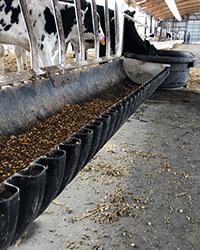
Grain cart: Here is an innovative way to deliver grain. This homemade grain cart is built on a gravity flow system. The calf team fills the cart at the bin and then drives down a row of hutches to feed calves. The grain flows from the hopper into the tray. This allows the feeder to access the grain while moving along the rows. The passenger seat can be used to hold a trash grain pail as well as a few clean pails.
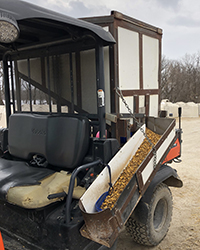
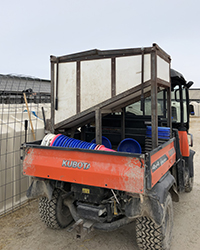
| Category: |
Calf and heifer nutrition Starting Strong - Calf Care |

